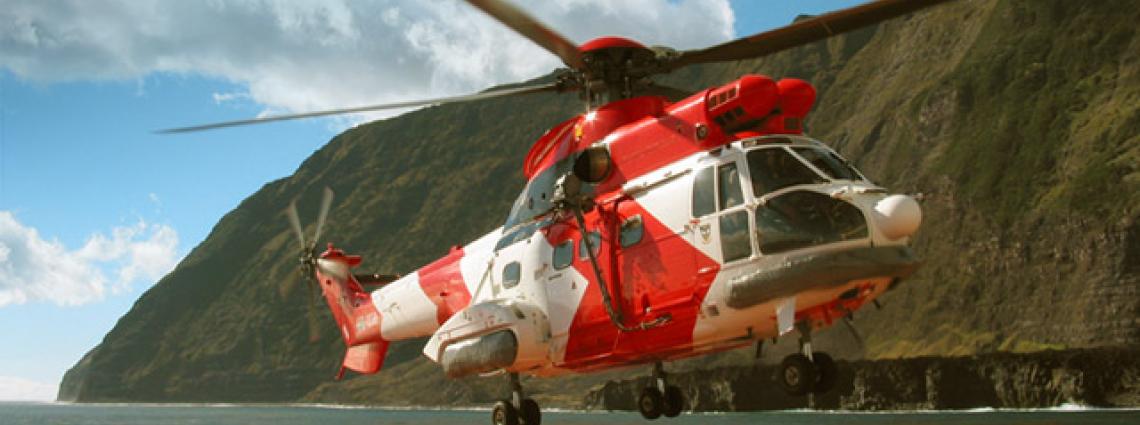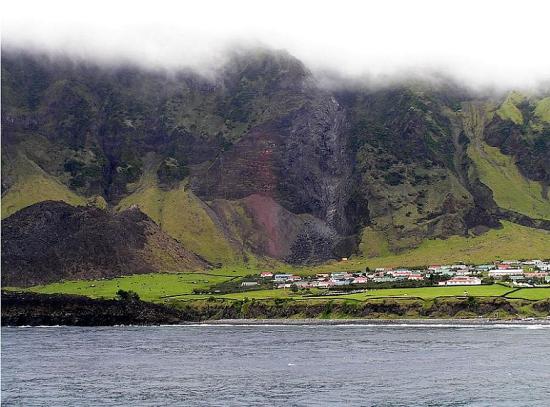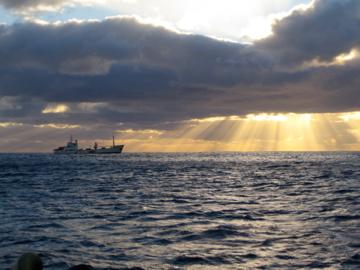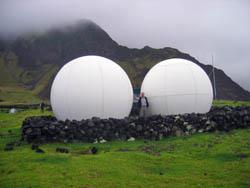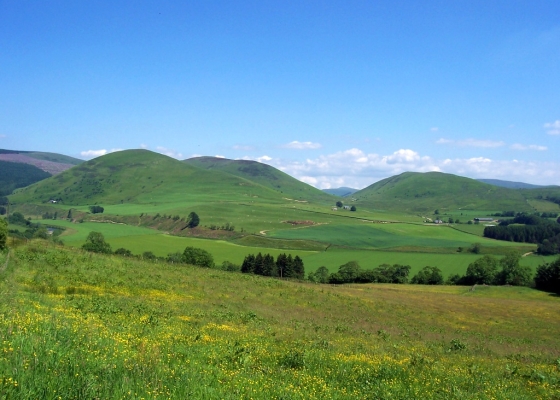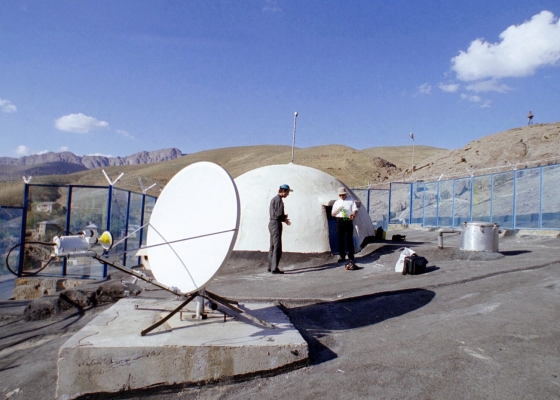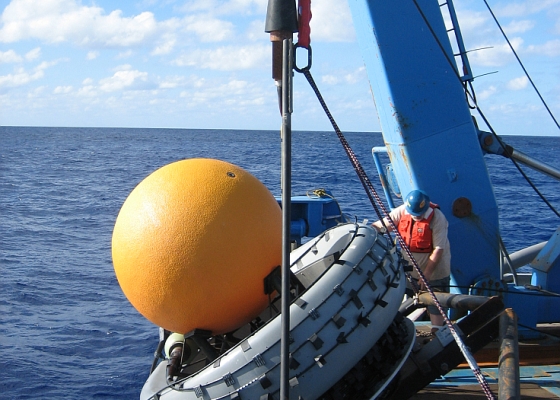HA09, Tristan da Cunha,United Kingdom
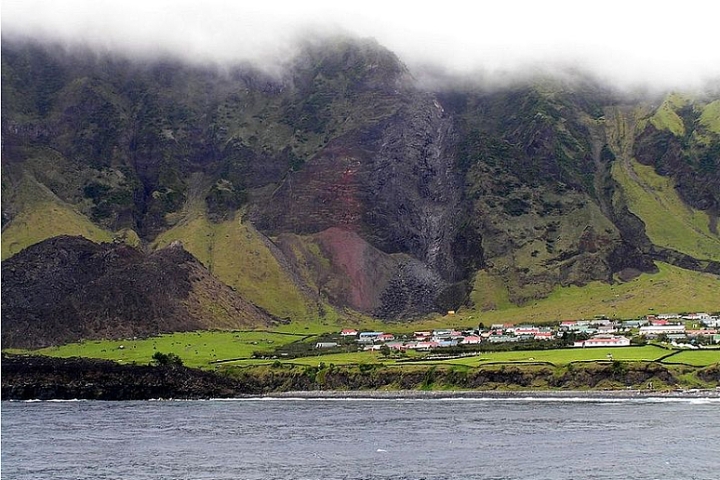
Tristan da Cunha
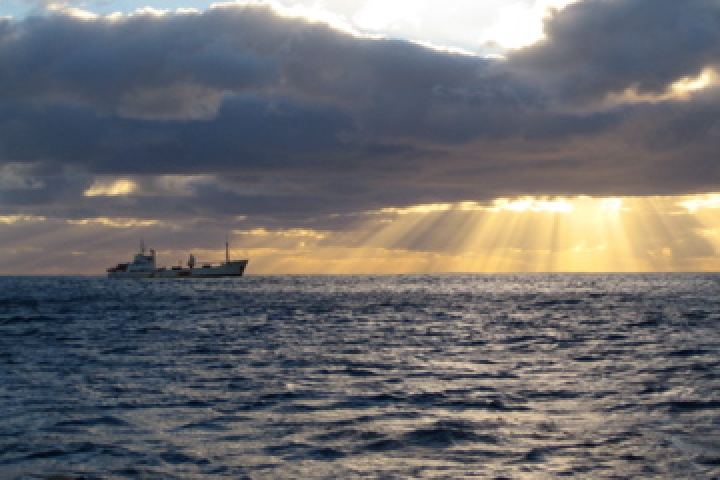
As there is no airport, the islands can only be reached by boat.
The main island is quite mountainous.
Geography and Weather
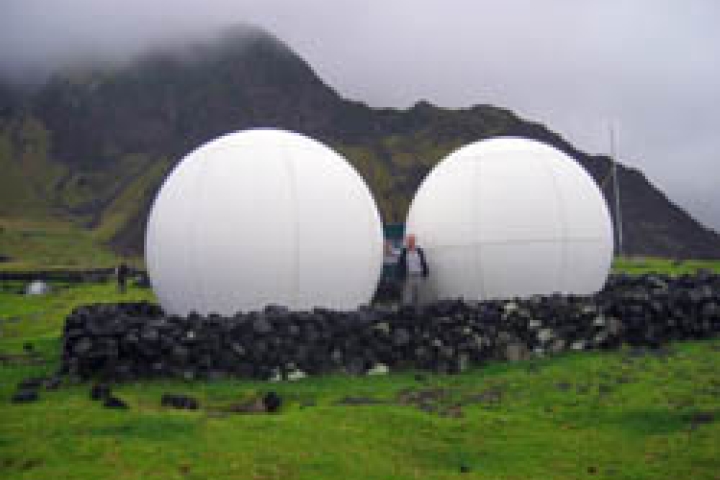
The GCI satellite dishes, known amongst the islanders as the “Tristan Golf Balls”. Credit: Government of Tristan da Cunha.
IMS Station Location and Profile
Infrasound station IS49 is co-located with HA09.
The IMS stations have contributed to the development of the island.
Contributing to the Develpment of the Island
Installing HA09.
Station History
This new IMS station was designed collaboratively by the CTBTO's Provisional Technical Secretariat and Nanometrics with construction management and support provided by Guralp Systems. In total, three trips to Tristan da Cunha between 2001 and 2004 were required to complete station installation.
Certification, Testing and Evaluation
HA09 data began to arrive at the IMS in March 2004. The station started transmitting data to the CTBTO's International Data Centre (IDC) for testing purposes in November 2004 without any major problems. Thus, it was certified on 22 December 2004.
The island's remoteness made it harder for our installation team, but others clearly benefit...
